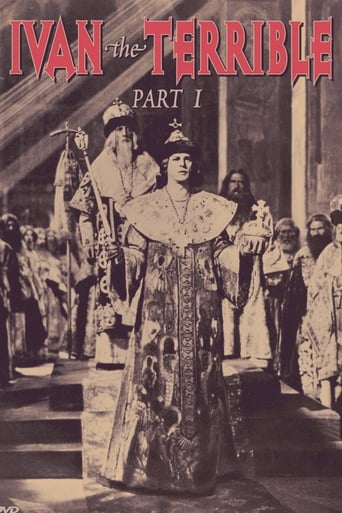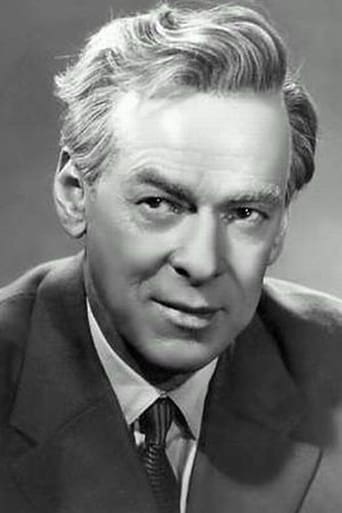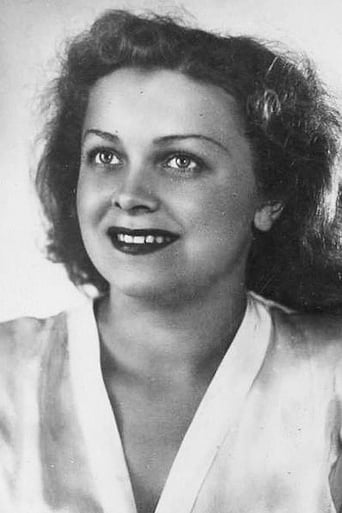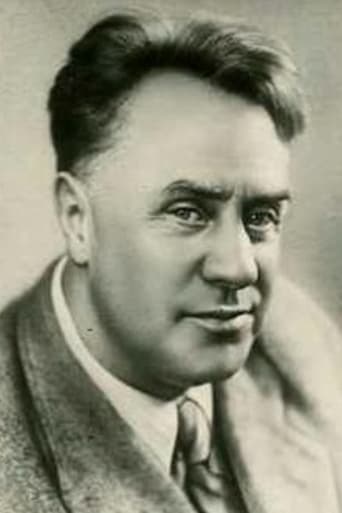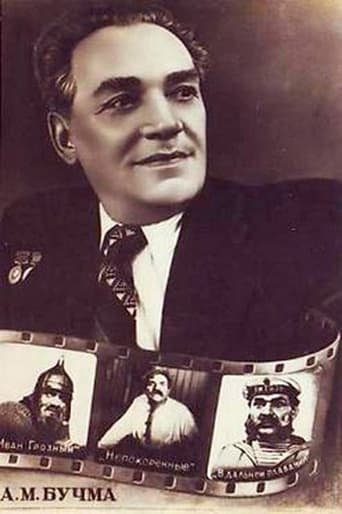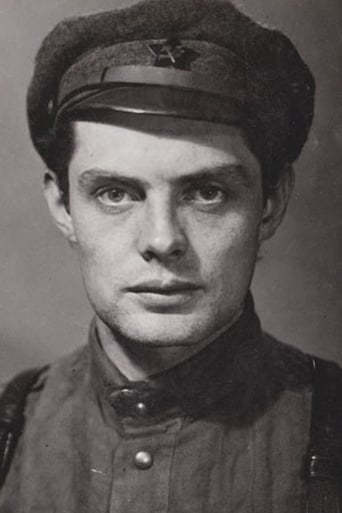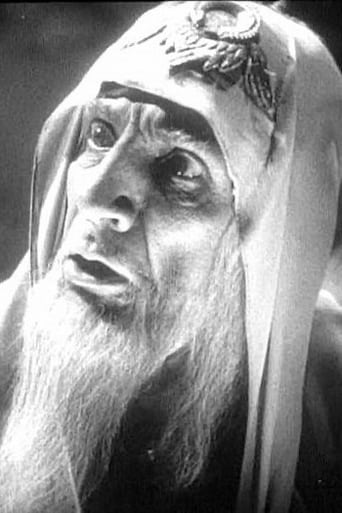Set during the early part of his reign, Ivan faces betrayal from the aristocracy and even his closest friends as he seeks to unite the Russian people. Sergei Eisenstein's final film, this is the first part of a three-part biopic of Tsar Ivan IV of Russia, which was never completed due to the producer's dissatisfaction with Eisenstein's attempts to use forbidden experimental filming techniques and excessive cost overruns. The second part was completed but not released for a decade after Eisenstein's death and a change of heart in the USSR government toward his work; the third part was only in its earliest stage of filming when shooting was stopped altogether.
Similar titles
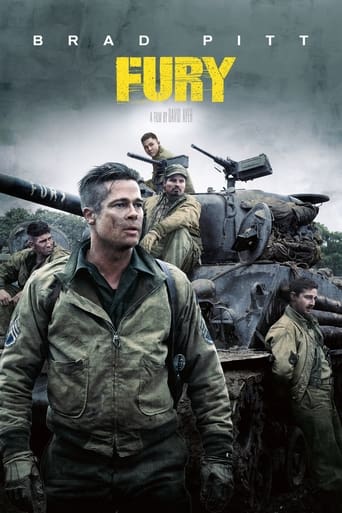
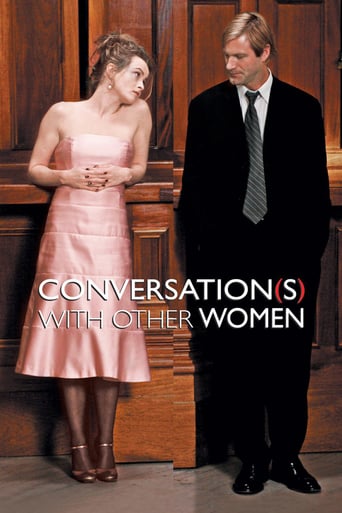
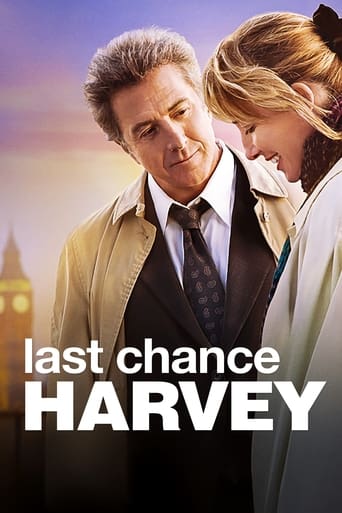
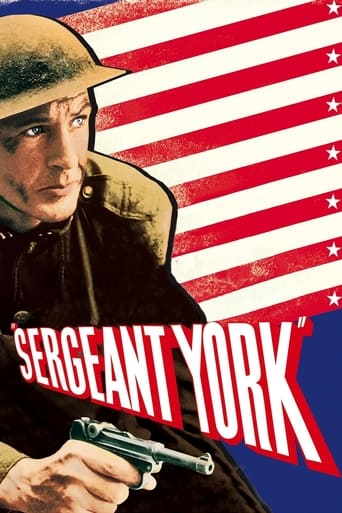
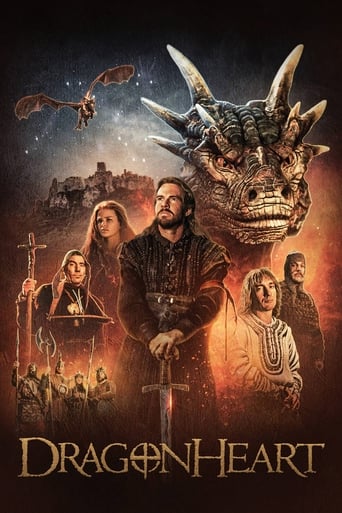
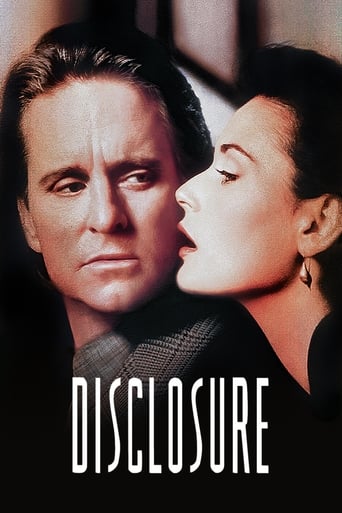
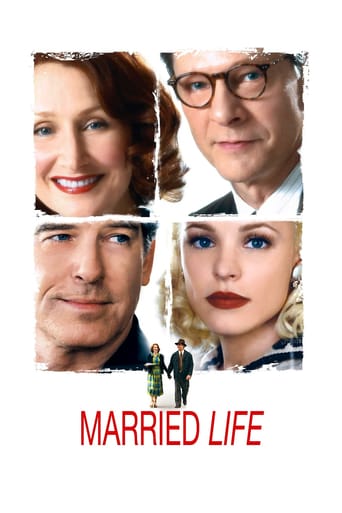
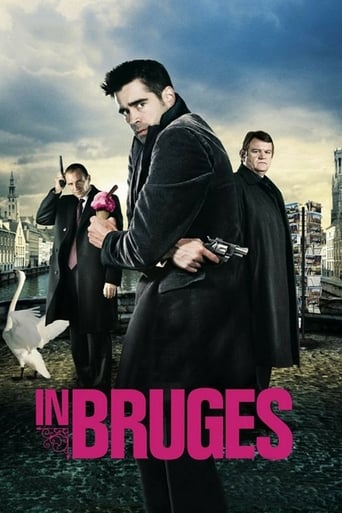

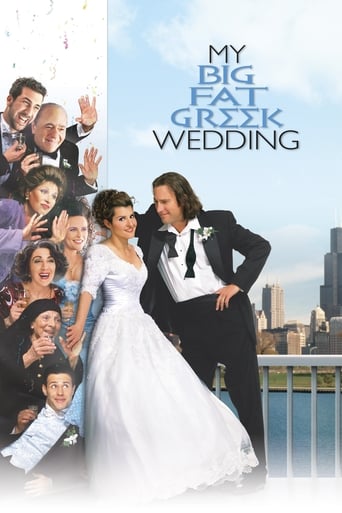
Reviews
It's entirely possible that sending the audience out feeling lousy was intentional
The first must-see film of the year.
The story, direction, characters, and writing/dialogue is akin to taking a tranquilizer shot to the neck, but everything else was so well done.
By the time the dramatic fireworks start popping off, each one feels earned.
During the early part of his reign, Ivan the Terrible (Nikolay Cherkasov) faces betrayal from the aristocracy and even his closest friends as he seeks to unite the Russian people.During World War II, with the German army approaching Moscow, Eisenstein was one of many Moscow-based filmmakers who were evacuated to Alma Ata, in the Kazakh SSR. There, Eisenstein first considered the idea of making a film about Tsar Ivan IV, aka Ivan the Terrible, whom Joseph Stalin admired as the same kind of brilliant, decisive, successful leader that Stalin considered himself to be. Aware of Eisenstein's interest in a project about Ivan, Stalin ordered the making of the film with Eisenstein as author-director.Certain symbols are constantly repeated within the film; notable examples include the single eye which refers to truth. Eisenstein was clearly the master of Russian cinema during his lifetime, with no other director even coming close. Following his career is like reading the history of Russian cinema.It is interesting to see this was something of a turning point. Eisenstein's early films, such as "Strike" and "Battleship Potemkin", are clearly propaganda in favor of the Soviet regime. This film is pro-Soviet in a sense (being endorsed by Stalin), but is also a great historical film in its own right. But it would be his last, as he would have a break with Stalin... and then die. Did Eisenstein begin to become disillusioned with the Soviet Union following the release of this film?
Part I of Eisenstein's masterpiece "Ivan the Terrible" (Part III of the intended trilogy wasn't completed). (Also see my review of Part II for additional comments.) The storyline may be unfamiliar and the film is heavily "episodic". So first skim Wikipedia articles "Ivan the Terrible" and "Ivan the Terrible (film)", and understand the terms "Tsar" and "third Rome".This is not just a simple wartime morale booster. It explicates Eisenstein's personal theories of "what made Ivan tick?" (although this theme may be obscured by censor-required changes, especially in Part I): childhood trauma, the heavy burden of power, great power inevitably corrupts, force of personal will overpowered good sense, "Great Rusian State" too abstract and unrealistic a goal, even a possible Faustian bargain. The recently prominent biological possibilities (sublethal dose of his wife's poison; near-death illness; regular use of mercury-based pain medication; inherited manic-depressive cycles) aren't even considered.The Netflix DVD contained an early transfer from Corinth Films, Inc. The barely acceptable sound quality did no favors to Sergei Prokofiev's excellent score, and the hard to read subtitles were burned right into the picture itself. A DVD from Hong Kong (via eBay) was the same mediocre transfer with the same burned in English subtitles, and again no commentary nor bonus materials. The Criterion version image transfer was much better, and the sound had more consistent loudness and less hiss (but the net sound quality -apparently inherited from the original- still wasn't very good). New similar (if somewhat more literally translated) subtitles are easier to read and control. There's both a commentary and lots of helpful bonus materials, including some lengthy alternate sequences.(The Criterion version is part of "Eisenstein: The Sound Years" - avoid the titles "Ivan the Terrible, Parts I and II" which are the old Corinth transfer!)
This double film is a masterpiece in many ways. It took two years of research before starting to come out of thin air and being filmed. The first part came out in 1944 and the second part in 1945. This means the research was done when the USSR was down under the feet of the Nazis. The first part came out when the tide had turned and the Russians were already advancing in Poland. The second part came out after the fall of Berlin or close before. The political meaning at the time was clear. The first part was singing the praise of the man who unified Russia, just like it was necessary in the war years to reunify the USSR for the last push to Berlin. The second part is slightly different since it was the time when Ivan the Terrible had to face the plots and conspiracy from the Boyars, the nobles and the top echelon church people and he had to defeat them with wise schemes more than just plain violence. That was of course essential after the war to face the various groups of people who could have spoken out of unity now the outside danger was eliminated. But we have to go beyond this immediate and historical value of the film when it was shot. It is a masterpiece because Eisenstein uses rather simple means to produce an epic film whose every scene is poignant, powerful, impressive, etc. Eisenstein uses all the possibilities his know-how and experience provide him with. Of course he uses black and white to play on shade, shadows and contrast so that some scenes are frightening and quite in the line of the big masters of horror of the late 20s, Fritz Lang or Murnau. He uses the body language and the composition of the scenes and setting to make every single square centimeter meaningful and active. The hands, the faces, the bodies are among the best actors of the film along with the actors themselves, quite in the line of what Eisenstein was doing in the 20s, but even better because he was able to use their lips in order to make them speak. The soundtrack is prodigious. He composes a real symphony with voices used in the most dramatic and expressive way, with all kinds of sounds and noise that give a real depth to the pictures on the screen and the voices of the actors, and finally the outstanding music score by Prokofiev: probably one of the best film music ever and that music totally avoids the repetitiveness of the music of the old silent films to create a fully developed universe of its own that amplifies the voices and the sounds and noises. That creates the epic atmosphere the story itself needs. What's more, in the second part, the use of color for two reels of the film shows the force of the black and white reels, and at the same time shows how Eisenstein can use the color of these reels in order to create a different but similar contrast, this time centered on red dominating the various other colors that are essentially, white, black and yellow. The red of these reels becomes the expression of life and at the same time of some oppressiveness coming from some danger that red also designates (and surprisingly enough we cannot find any "revolutionary" meaning to that red, but we may be missing some inside meaning in the USSR of the time). The films have been digitally re-mastered but not in any way changed: we still have the jerky pictures of those days and the blurry sound track of before digital sound (even the music that could have been re-recorded). And it is good because we really have the impression to watch an old film from the 50s.Dr Jacques COULARDEAU, University Paris 1 Pantheon Sorbonne, University Paris 8 Saint Denis, University Paris 12 Créteil, CEGID
I know "Ten Best" lists are an exercise in futility since aesthetics are a subjective matter and no one can lay claim to knowing what is best, only what one likes. If the rating system at IMDb had eleven stars, I would award them to this one which, taken together with Part II, would be my all-time favorite film. (As one reviewer already has noted, one cannot truly appreciate what Eisenstein was up to unless one sees both Parts I and II, preferably back to back.) When I was studying film at UCLA, I had to do a term paper in a seminar on film aesthetics and I did it on these two movies. My title was, "Eisenstein's *Ivan the Terrible, Parts I and II: The Perfect Union of Form and Content." I tried to show how Eisenstein created a movie masterpiece by telling a story that works on three different levels: historical, satirical, and autobiographical. The two films (some work was done on a third part, but Eisenstein died of a heart attack before completing it, and in any case, the release of Part II was held up for decades once Stalin had caught on to the film's subtext) only superficially deal with the historical Ivan Grozny (in Russian, the meaning is more "awe-inspiring" or "formidable" than the English "terrible"). In fact, Eisenstein's Ivan is revisionist in the extreme, in part because he wanted to present a heroic figure who unites the Russian people against outside foes (in the movie, the Poles; in Eisenstein's time, Nazi Germany -- in fact, filming in Moscow had to be halted for a time so that production could be relocated to the resort town of Alma Atta). But as Ivan becomes more paranoid following the poisoning of the Czarina, Anastasia, at the hands of the patrician Boyars, he resorts to murderous plotting and counter-plotting, which Eisenstein uses as a metaphor for Stalinist pogroms against anyone "crazy" enough to question his reign. (Remember, if you spoke out against Stalin, you committed suicide by being thrown out of windows by the KGB, and those who escaped this fate wound up in Siberian slavery.) The third level on which the films operate, the autobiographical, presents Eisenstein as Ivan (hinted at by biographer Marie Seton when she included a photo of the director sitting in the Czar's actual chair, his feet dangling just like a shot in the film of the young Ivan during his regency). Eisenstein told Seton he had homosexual tendencies but that he thought homosexuality a "dead end." Of course, in Stalinist Russia, being homosexual was tantamount to being insane -- or traitorous. Eisenstein's movies are full of homosexual imagery, and *Ivan* is no exception. The Oprichniki, for example, Ivan's iron guard of loyal, KGB-like attendants, is depicted as a kind of samurai mafia which at times (e.g. the drunken banquet toward the end of Part II) seems definitely gay. That sequence includes a telling song and dance number by a pretty young Oprichnik who hides behind a female face-mask. In the same sequence, the Czar's drunken nephew, an effeminate young man, is dressed in the royal robes and sent into a cathedral where a Boyar assassin, thinking it is Ivan, stabs him to death. Although the Oprichniks want to kill the assassin, Ivan says to let him go, "for he has killed the Czar's worst enemy." In other words, they've murdered Eisenstein's own perceived weakness: his closeted homosexuality. The movie is full of such insights, and I can't think of a single other film that is so multi-layered. Once you begin looking for these things, you'll want to watch *Ivan* over and over again.
Top Streaming Movies












